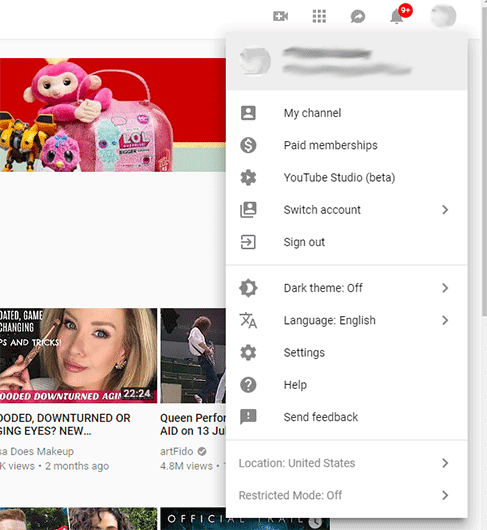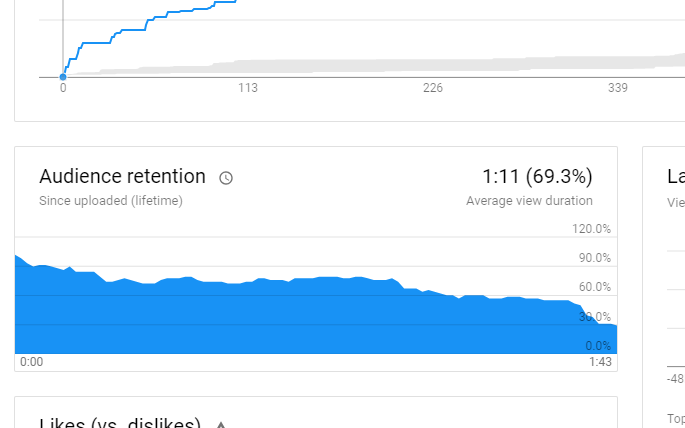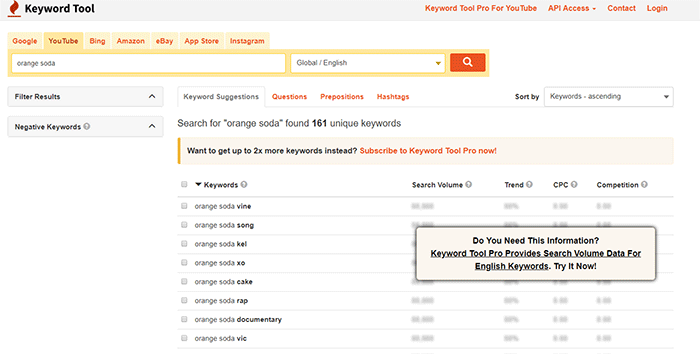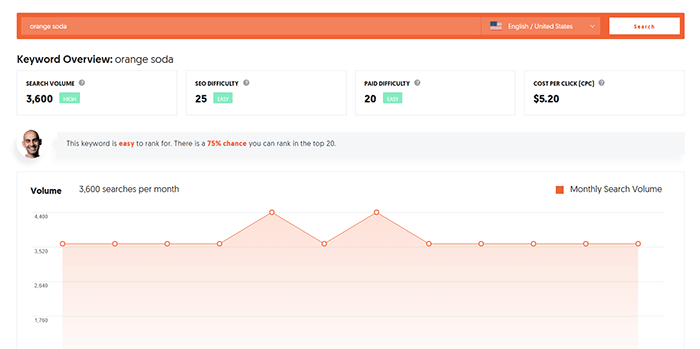SEO for YouTube: How to Rank

SEO for YouTube: How to Rank
Find out how to get your videos ranked on YouTube’s search engine with these SEO tips.
According to a recent report, 6 out of 10 people prefer online videos to live TV. YouTube’s search engine is the 2nd largest search engine and the 3rd most-visited website.
“How-to” style searches are growing by 70% every year, which opens up the opportunity for brands looking to connect with consumers through training videos.
YouTube’s statistics are overwhelming:
- Total YouTube users: 1,300,000,000
- Total hours of video uploaded to YouTube every minute: 300
- Total YouTube videos watched every day: almost 5 billion
Also, YouTube is the #1 social media platform of Generation Z. Gen Z, comprised of people under the age of 21, will make up 40% of consumer spending by the year 2020.
Along with great opportunity comes heavy competition, so understanding how to rank in the YouTube search engine is vital for brands hoping to build an audience.
In this article, we’ll offer tips to help you:
- Create high-retention videos
- Optimize your YouTube videos
- Take advantage of the best YouTube SEO tools
- Promote your YouTube videos
1. Create High-Retention Videos
Publish videos that captivate viewers to help boost your ranking in the YouTube search engine.
“Audience Retention” is a key term you should understand before publishing videos on YouTube. It refers to the average percent of a video that people watch.
For example, if you publish a 2-minute video that people watch an average of only 1 minute, that’s a 50% audience retention rate.
Since the YouTube algorithm rewards high-retention videos with more attention in search and suggested feeds, you’ll want to make every moment engaging so your audience watches longer.
To access your audience retention report, look for “Creator Studio” or “YouTube Studio (beta)” in the upper right-hand menu. You must be logged into your account.

Inside your Creator Studio, select “Videos” from the left column and click on a video. Then select “Analytics” in the left column to view your data, and the audience retention graph will appear in the 2nd row of the results.

SEO expert Brian Dean offers 3 quick tips for how to increase audience retention of informational videos:
- Give a summary of the video’s content at the beginning of each video.
- Jump right into the main content without a long introduction.
- Tease portions of the video throughout. For example, you can use wording like “Our 3rd tip is to use open-loop videos. I’ll explain exactly what open loop videos are in a minute, but first I want to show you what an impact they can have on your retention rate.”
By offering a summary preview at the beginning, jumping right into the heart of your topic, and teasing content throughout the video, you can improve your audience retention rates on YouTube.
2. Optimize YouTube Videos for Search
Find out how to optimize your video titles, descriptions, and tags to improve your chances of ranking in the YouTube search engine.
YouTube’s search engine is competitive, much like Google’s search engine. However, it offers the opportunity for your video to rank in two search engines: YouTube search and Google search.
Optimizing your YouTube videos for search engines is the most important thing you’ll do to rank on YouTube. According to Moz Whiteboard Friday, here are some of the key points to cover:
- Begin with YouTube keyword research. Exact-match keywords are crucial on YouTube. Research keywords and phrases to find out exactly how they are typed or spoken in the YouTube search engine. Try to name and describe your video using terms that searchers might use when looking.
- Keep your video title between 220 - 350 characters.
- Fill out the video description and include your keywords.
- Use relevant keywords as video tags to help users find your video when searching on YouTube. Fishkin recommends 31-40 tags per video.
3. Use YouTube SEO Tools
Discover tools to help your YouTube keyword research become more efficient and quick.
This tool can help with different social media platforms. To find keyword ideas, select “YouTube” from the top menu, then type your topic into the search bar.

Ubersuggest by Neil Patel lets you know how difficult your keywords are.
For example, when you type “orange soda” into the search bar, a headline sentence immediately lets you know that it’s an easy keyword and there’s a 75% chance you can rank in the top 20.

VidIQ in the Chrome Web Store helps you find the right tags for your videos. Once installed, it allows you to view a detailed list of video information on any video. For example, you can find out its VidIQ ranking, views per hour, average watch time, and more.

Canva helps you design and create YouTube video art and thumbnails.

Using tools to help you research keywords and create high-quality artwork can give you an edge in the YouTube search engine rankings.
4. Promote Your YouTube Videos
Videos don’t stop at publication. Rally your team to help promote your videos to raise your viewership and rank higher in YouTube’s search engine.
By increasing your viewership, you help your videos rank better in the YouTube search engine. Here are some tips for promoting your YouTube videos to increase viewership:
- Promote your video across other social media networks.
- Let your email subscribers know when you’ve published a new video.
- Encourage viewers to subscribe to your YouTube channel.
- Advertise on Facebook.
- Integrate your blog by linking to it from your YouTube videos and channel.
Research, Optimize, and Promote YouTube Videos for Best Results
Taking the extra steps to prepare, optimize, and promote your videos may give your YouTube channel a much better chance of success.
The opportunity to connect with audiences, especially those of Generation Z, is excellent for brands who publish videos on YouTube.
Take the time to research your competitors and understand your audience so that you can create videos that will get noticed on YouTube.
